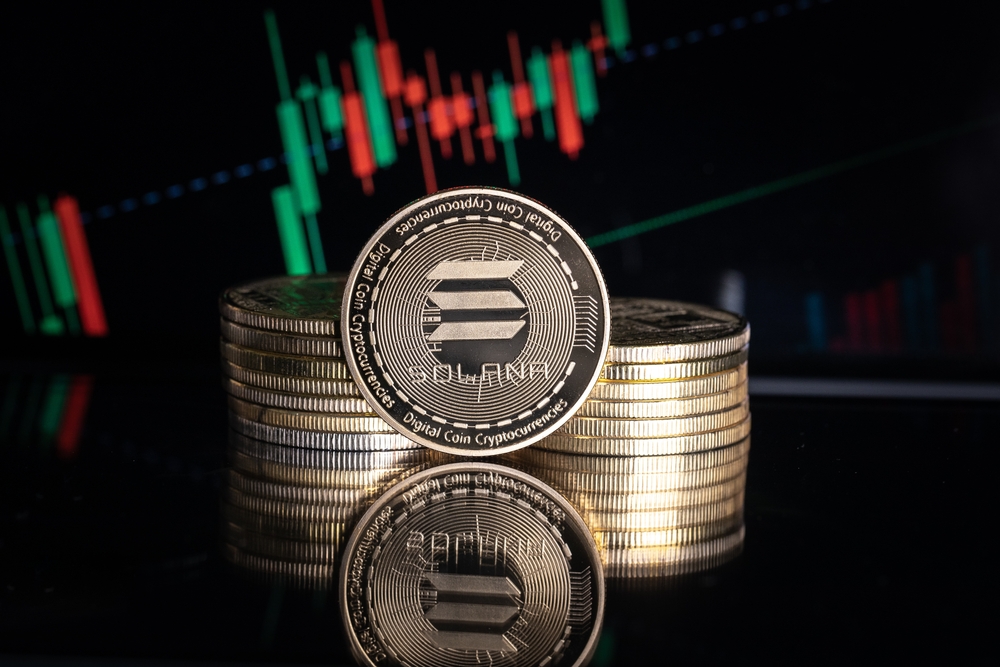SOL has been struggling to return to its previous highs just like many other coins. However, it is still going in the downward direction with a temporary stabilization that looks way less confident than that of Ethereum, XRP, or many other tokens that had to go through similar troubles after the overall market crash just three weeks ago.
Solana is still a big network
NFTs are the driving force of the network with Solana processing more NFT transactions than Ethereum.
Cheap transactions and a big throughput made Solana quite popular among NFT creators and people who want to enter the market as quickly as possible with their art projects. Thanks to the activity in the NFT market, the network is doing quite well.
Ethereum fees are capable of limiting the growth of the network and many developers see it as a potential threat to their products. Many dev teams switched to Solana long ago and the increasing cost of transactions makes the SOL network look very good.
Arguments against the growth
Supporters of the network may talk about undisputed advantages, but the market will be the decisive factor and it is currently favoring Ethereum. Technical analysis for SOL is quite saddening and indicates a distinct bear movement in the immediate future with RSI hovering above 50 the chart flattening and trading volumes rising slightly.
It seems that the trajectory won’t change during the next week. We are hoping to see a rapid recovery and a bull rally that would come out of nowhere. However, the realistic scenario is the one with SOL moving toward $12.8 or even $10 by the end of January.
Moving averages have been moving together as median values converged due to price stabilization, but it is not a good sign for SOL holders.
The year is nearly ended and there is no time left for some good announcement that may change the momentum and sway investors to buy more SOL. The network is also facing direct competition from Polygon, Bitgert, and CENTCEX with each bringing to the table the same package of advantages as Solana.









